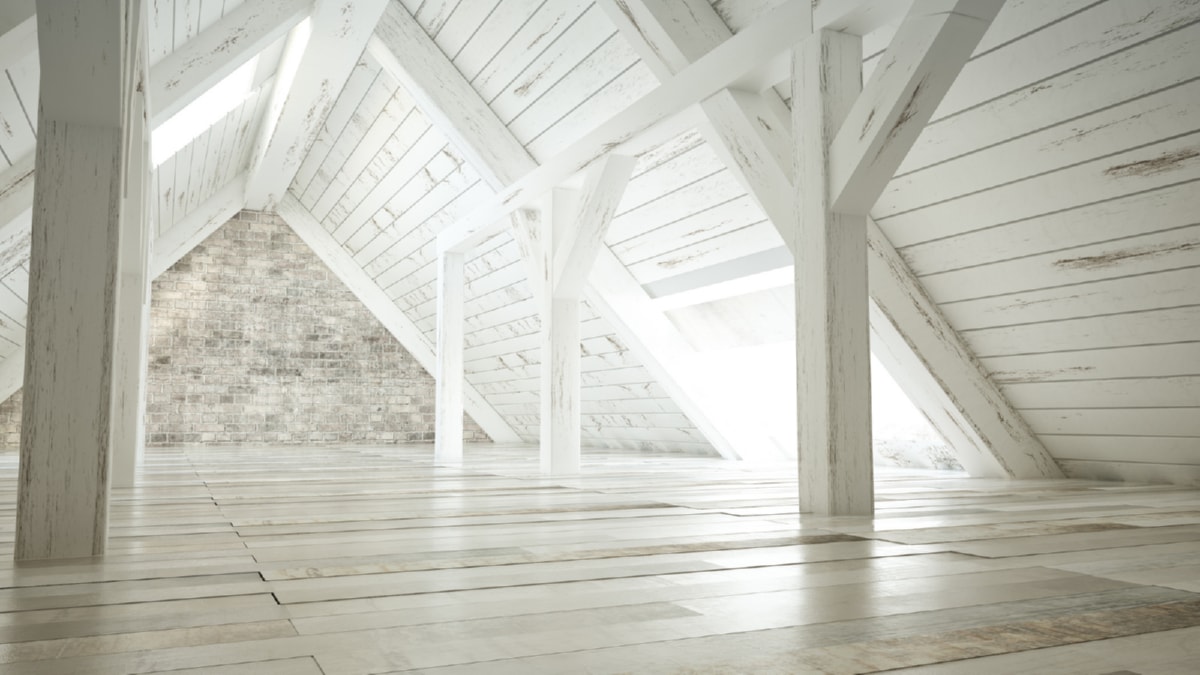Green building practices have revolutionized the construction industry in recent years, introducing new strategies and technologies that promote sustainability and environmental conservation. These practices have significantly impacted the industry’s traditional methods, reshaping the way construction projects are undertaken.
The first profound impact of green building practices is on the design phase of construction projects. Green building practices encourage the incorporation of energy-efficient designs and renewable materials. Architects and engineers now design buildings that optimize the use of natural lighting, reduce energy consumption, and incorporate renewable energy sources such as solar panels. Additionally, the selection of construction materials has shifted towards those that are locally-sourced, recyclable, and have low embodied energy.
Green building practices have also introduced a new approach to waste management in the construction industry. Traditionally, construction sites have been known to generate substantial waste, leading to environmental degradation. However, green building practices advocate for waste reduction, reuse, and recycling, minimizing the environmental impact. Construction companies are now reevaluating their waste management procedures, leading to decreased waste and a reduction in landfill contributions.
Another significant impact of green building practices is on the operational efficiency of buildings. The incorporation of energy-saving designs and technologies has led to a reduction in the operating costs of buildings. These include the reduction of energy costs due to efficient heating, ventilation, and air conditioning (HVAC) systems, and water-saving plumbing fixtures. Additionally, the use of durable, high-quality materials reduces maintenance costs. This shift not only benefits the environment but also the building owners and occupants through reduced utility bills and a healthier living environment.
Green building practices have also led to the introduction of new policies and regulations in the construction sector. These are aimed at encouraging sustainable construction and reducing the industry’s environmental footprint. For example, certification programs like Leadership in Energy and Environmental Design (LEED) have become international benchmarks for green construction. Such programs encourage construction companies to adopt green building practices by offering incentives and recognition.
The shift towards green building practices has also brought about economic impacts. The demand for green buildings has increased due to their long-term economic benefits and a growing awareness of environmental sustainability. This has led to a surge in job opportunities in the sector, from green building design to the manufacturing of sustainable construction materials. According to a report by the U.S. Green Building Council, the green construction industry is expected to generate more than 3.3 million jobs in the U.S. by 2022.
In conclusion, the advent of green building practices has significantly impacted the construction industry, from design considerations to waste management, operational efficiency, policy changes, and economic benefits. The industry has embraced these practices, recognizing their environmental, economic, and social benefits. The future of construction lies in sustainable practices, and the industry is constantly evolving to meet these demands. As the world continues to grapple with environmental challenges, the role of green building practices in the construction industry will only become more significant.
For more details, check best masonry services or visit their business listing here.



